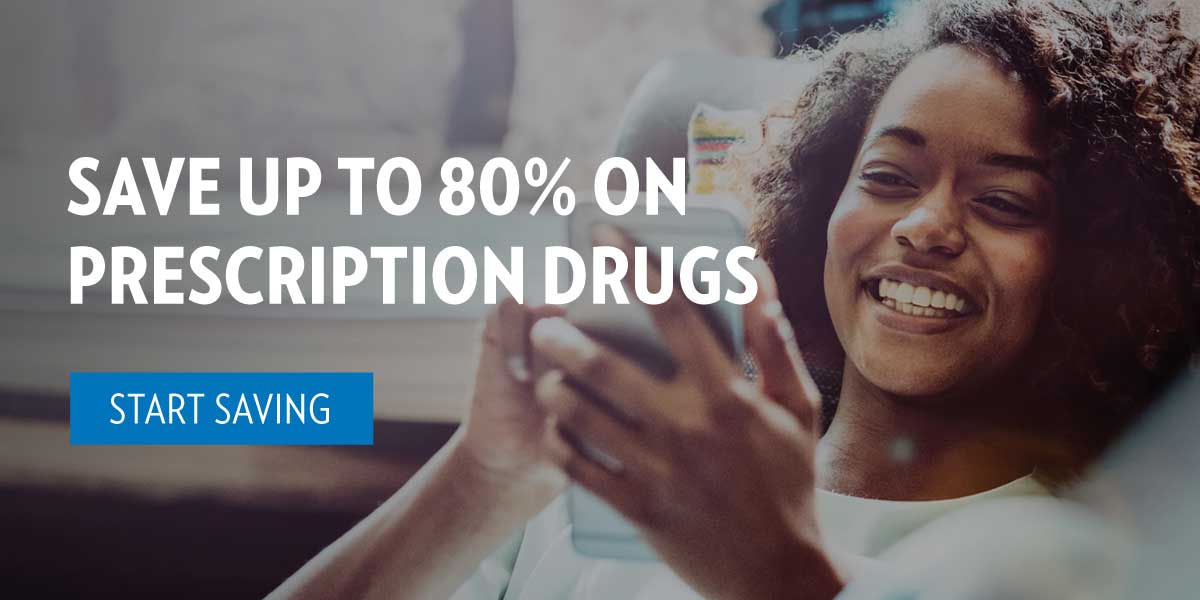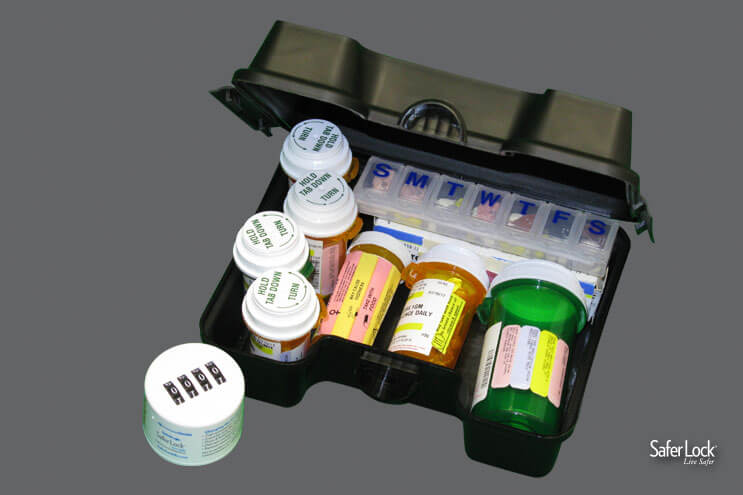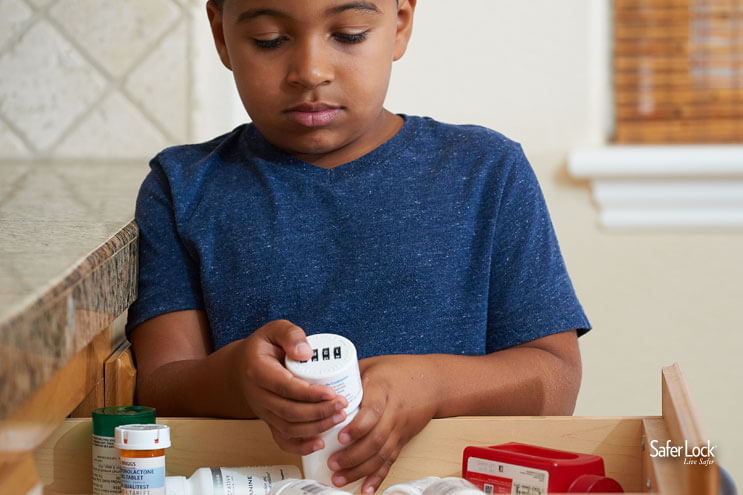National Prevention Week, held May 11-17, is an annual health observance dedicated to increasing public awareness of mental health and substance use disorders. Each day is dedicated to awareness of a different substance use or mental health disorder, including prescription drug and alcohol misuse as well as suicide.
Here are five lessons to take away from National Prevention Week, plus actionable tips you can use to prevent substance abuse in your own home.
1. Preventing Prescription and Opioid Drug Misuse
Although most people take prescription medications responsibly, an estimated 18 million people have misused a prescription medication in the last year. An estimated 2 million Americans misused prescription painkillers such as opioids.
The most likely reason for the high prevalence of prescription drug misuse is the ease of access, according to the National Institute on Drug Abuse.
The increase in the number of prescriptions issued combined with misinformation about the addictive properties of these drugs – as well as the perception that prescription drugs are less harmful than illicit drugs – contribute to these somber figures.
You can prevent prescription drug and opioid misuse by:
- Only using prescriptions as intended
- Securing prescription medications in a lock box or other locking container
- Having discussions with children and teens about the dangers of medication abuse
2. Preventing Underage Drinking and Alcohol Misuse
Alcohol is the most commonly used and abused drug among youth in the United States, according to the CDC, and the results can be devastating. Excessive drinking is responsible for more than 4,300 youth deaths each year.
Teens and youth aren’t the only ones affected by alcohol misuse. Excessive alcohol use is responsible for approximately 88,000 deaths in the US each year, at a cost of $249 billion to the economy.
Excessive alcohol use is defined as:
- binge drinking: 4 or more alcoholic drinks a day for women, 5 or more a day for men
- heavy drinking: 8 or more alcoholic drinks per week for women, 15 or more per week for men
U.S. Dietary guidelines for alcohol consumption recommend no more than 1 drink per day for women or 2 drinks per day for men.
You can prevent excessive alcohol use by:
- Choosing not to drink too much yourself
- Following U.S. Guidelines on moderate alcohol consumption
- Never serving alcohol to people who are underage or who’ve had too much to drink
3. Preventing Illicit Drug Use and Youth Marijuana Use
Nearly 10% of Americans aged 12 or older have used an illicit drug in the past month.
The most commonly used illicit drug in the U.S. is marijuana, and more than half of new illicit drug users begin with marijuana.
Is marijuana an illicit drug?
“Illicit” refers to the use of illegal drugs – including marijuana according to federal law – and misuse of prescription drugs. While marijuana is legal for recreational use in an increasing number of states, it is still illegal according to federal law - leading it to be classified as illicit in data, reports, and surveys.
After alcohol, marijuana has the highest rate of dependence or abuse among all drugs. In 2013, 4.2 million Americans met clinical criteria for dependence or abuse of marijuana in the past year—more than twice the number for dependence/abuse of prescription pain relievers at the time and nearly 5x higher than the number for dependence/abuse of cocaine.
Most people use drugs - including marijuana - for the first time when they’re teenagers. While there have been no studies showing adverse reactions in adult brains from regular use, the same is not true for teens. Studies have shown that regular marijuana use in the teenage years has a negative effect on their growing brains, resulting in lower I.Q. points.
How to prevent illicit drug use and teen marijuana use:
- Talk to your teens about the dangers of drug use, including marijuana
- Keep track of prescription drugs
- Recognize the signs of teenage drug use
4. Preventing Youth Tobacco Use
Cigarette smoking is down among middle and high school students. Unfortunately, overall teen tobacco use is not. That’s because teens are trading cigarettes for e-cigarettes.
Approximately 1 in 5 teens has reported using an e-cigarette use in the past 30 days.
E-cigarette use is so high that the Surgeon General has deemed it an epidemic.
In 2018, 7% of middle schoolers and 27% of high schoolers reported current use of a tobacco product. Many of these are using two or more tobacco products - an activity that’s closely linked to lifelong use and nicotine dependence.
How to prevent youth tobacco use:
- Know the facts about e-cigarettes
- Talk to your kids: be patient and ready to listen
- Set a positive example by being tobacco-free
5. Preventing Suicide
Suicide is among the leading causes of death for adults under age 45 in the United States, and it exacts a huge emotional and economic toll on those left behind.
Suicide is the 10th leading cause of death in the US, claiming the lives of more than 1 person every 15 minutes.
In the last year alone, more than 8 million adults reported having serious suicidal thoughts in the last year, 2.5 million people reported making a suicide plan, and 1.1 million made a suicide attempt.
Suicide can impact anyone. But certain people face a higher risk for suicide, including:
- Individuals with mental and/or substance use disorders
- Individuals bereaved by suicide
- Individuals in justice and child welfare settings
- Individuals who engage in nonsuicidal self-injury
- Individuals who have attempted suicide
- Individuals with medical conditions
- Individuals who are lesbian, gay, bisexual, or transgender (LGBT)
- American Indians/Alaska Natives
- Members of the Armed Forces and veterans
- Men who are midlife or older
You can prevent suicide by:
- Know the signs of suicidal behavior
- Ask someone if they are thinking of suicide
- Call the U.S. National Suicide Prevention Lifeline at 800-273-TALK (8255)
- Remove any objects that could be used in a suicide attempt; and if possible, do not leave the person alone.
Get in the Know
You can learn more about National Prevention Week from the Substance Abuse and Mental Health Services Administration (SAMHSA), and more about substance abuse in the US from the Surgeon General’s Report on Alcohol, Drugs, and Health.
Look to the lessons of National Prevention week to help guide you through the steps to aid you in preventing prescription and opioid drug misuse, underage drinking and alcohol misuse, illicit drug use, youth marijuana use, tobacco use, and suicide.




